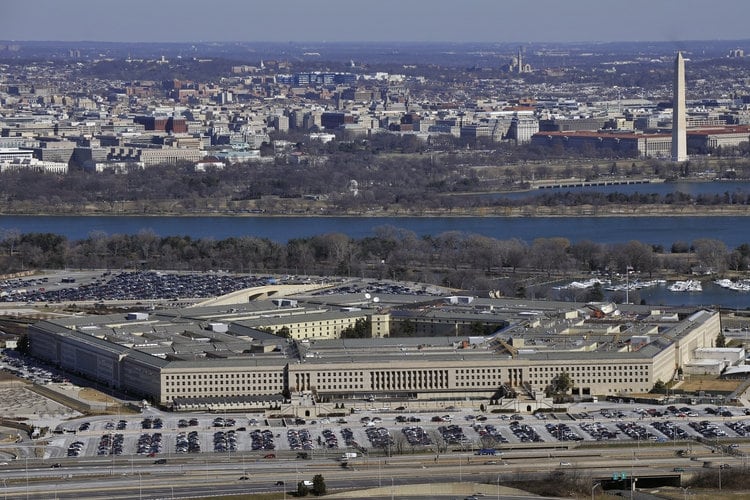WASHINGTON – The Senate Armed Services Committee wants to strengthen the Pentagon’s policy office, increasing its role internally as the enforcer of major strategy decisions.
The SASC’s proposed version of the National Defense Authorization Act, which it approved Thursday, features language designed to help the undersecretary of defense for policy (USD-P) regain some of the power and responsibilities it has ceded to the Joint Staff in recent years.
The policy role is a key job that serves as both facilitator of the secretary’s will inside the department and his representative outside the building. While conscious that the external facing role must remain, the SASC is looking to hone the office’s attention back onto the internal challenges of wrangling big-picture strategy questions into place.
The goal: for the USD-P role to become the person who takes major documents like the National Defense Strategy and drives the services, combatant commanders and civilian workforce towards real implementation.
RELATED

The USD-P, currenly former Lockheed executive John Rood, should be the person saying “this is what the boss said in the 30-page NDS, these are the more specific things we need to flesh out, run assessments on, and figure out what capability gaps [and] major investments we need to make, so that we’re actually able and ready to do the things he says we need to do,” said a SASC staffer, speaking to Defense News ahead of the bill’s release.
The first step in that direction — making it clear what the USD-P job actually entails. The role, staffers say, has existed under guidance that is “vague to the point of non-existence,” and the SASC wants to make the rules and missions are laid out clearly, the staffer said.
Michèle Flournoy, who served as USD-P from 2009 to 2012, agrees the paper definition of what the job entails is thin, with the only explicit guidance being that the role involves civilian oversight of military plans.
But while she theoretically welcomes beefing up the official language about the job, Flournnoy notes that having power on paper only goes so far.
“The truth is it is no substitute for having a secretary of defense who empowers the undersecretary of policy,” she said. “You have to have both. You have to have clarity on the role, which Congress can help provide, and then you have to have enforcement from the top.”
Notably, the proposed strengthening of USD-P’s oversight powers comes at a time when experts from outside the Pentagon — including Flournoy — are raising concerns about potential imbalance between the uniformed military and civilian control. The staffers acknowledged those concerns factored into the language.
RELATED

“I think there is a lot of concern about the health of policy right now,” the second staffer said. “Without getting in a huge debate about that, it is the view that we need to try to enhance policy’s role with regard to the key function it performs, which is taking the strategic guidance from the secretary of defense and driving it down to more strategic guidance to inform the budget process, the employment of the force and the posture of the military.”
“It’s a useful effort to clarify civil military division of labor,” Flournoy said. “In terms of internal goals and civilian oversight and who is responsible for helping the secretary exert civilian control, I think it’s useful to spell out what each of the unders should be doing.”
The proposed changes would also include beefing up the existing office of assistant secretary of defense for strategy, plans, and capabilities, adding “assessments” to the title, with the role becoming a de facto right-hand man for the policy head.
To accomplish that, the staffers propose moving some of the power inherent in the personnel and readiness accounts over to the ASD job — not the basics of readiness, such as making sure everyone has their dental checkups completed, but instead a focus on “more strategic or unit readiness.”
The Senate NDAA would also require the Pentagon to produce three documents to show how the National Defense Strategy is being implemented — the Defense Planning Guidance (’what you build”), the Guidance for Deployment of the Force (“how you use it”), and the Defense Posture Guidance (“where you place it.”)
While those documents exist in some form or another today, the Senate language would create more clear guidance on what they should cover — and, notably, requirements that those documents be delivered to Congress for oversight.
Those documents would be classified and must be submitted to Congress during the budget process, giving lawmakers more insight into how well — or poorly — the Pentagon is executing its strategy.
Aaron Mehta was deputy editor and senior Pentagon correspondent for Defense News, covering policy, strategy and acquisition at the highest levels of the Defense Department and its international partners.
Joe Gould was the senior Pentagon reporter for Defense News, covering the intersection of national security policy, politics and the defense industry. He had previously served as Congress reporter.








